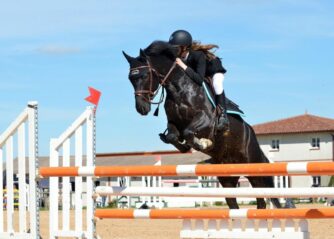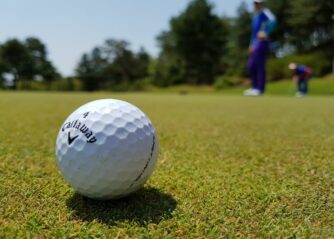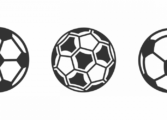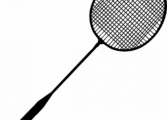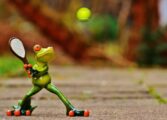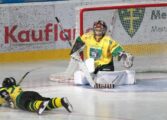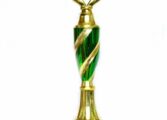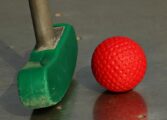Hur räknas poäng i curling
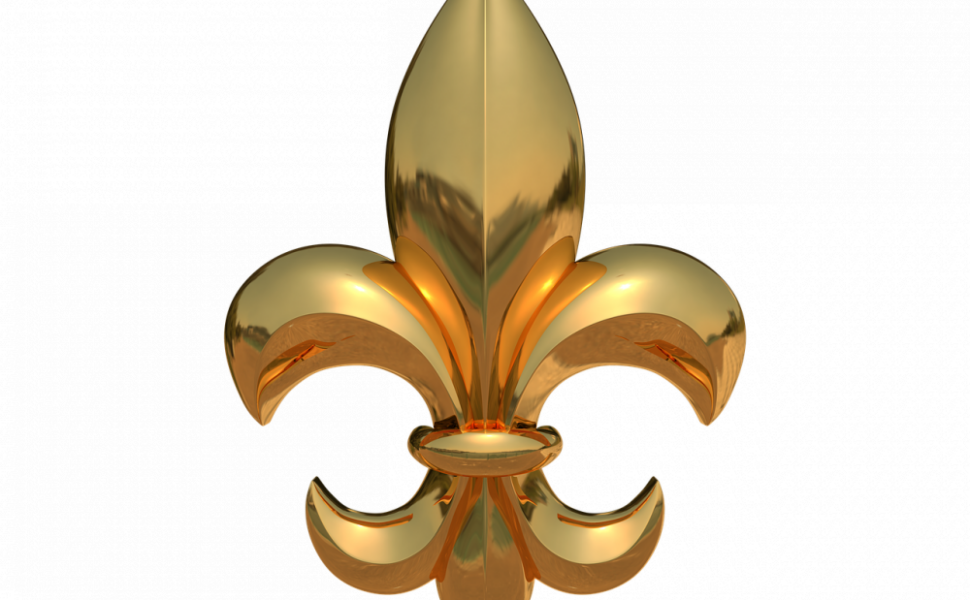
Introduction
Curling is a sport that has gained popularity in recent years, intriguing many with its unique gameplay and scoring system. In this article, we will provide an in-depth understanding of how points are scored in curling, including an overview, different scoring types, quantitative measurements, and a discussion on variations and historical perspectives. Whether you are an avid curling fan or simply curious about the sport, this article will shed light on the intricacies of scoring in curling.
Overview of How Points are Scored in Curling

Curling is a game played on ice, where two teams take turns sliding stones towards a target area called the ”house.” The objective is to get the stones as close as possible to the center of the house, while also strategically placing them to block opponents’ stones. Points are awarded based on the stones’ proximity to the center.
Types of Scoring in Curling
There are two main types of scoring in curling: counting and stealing.
Counting: When a team manages to place their stone closest to the center of the house at the end of a round, they score one point. If they have multiple stones closer than their opponents, they score additional points for each stone. For example, if a team has two stones closer than any of their opponents’ stones, they score two points.
Stealing: Stealing occurs when a team scores points despite not having the last shot advantage or the closest stone. This can happen when a team successfully pushes their opponents’ stones away from the center or positions their own strategically to block the opponents’ access to the center. The stealing team scores one point for each stone closer to the center than their opponents’ closest stone.
Quantitative Measurements in Scoring Curling
To determine the closest stone to the center, precise measurements are essential. Curling uses a measuring device called a ”caliper” or ”measuring stick” to precisely measure the distance between the stone’s edge and the center of the house. This ensures accuracy in determining which team scores points.
Additionally, a button-eye rule is used to determine whether a stone is completely inside the house or not. If any part of the stone overlaps the outer edge of the house, it is considered in play and eligible for scoring.
Discussion on Variations in Scoring Curling
While the basic principles of scoring remain the same across all variations of curling, there are slight differences that make each variation unique. One such variation is mixed doubles curling, where teams consist of two players instead of the traditional four. The scoring rules in mixed doubles differ slightly, with fewer stones per team and different positioning strategies. This allows for quicker gameplay and more dynamic scoring opportunities.
Historical Perspectives on Scoring Methods in Curling
The scoring methods in curling have evolved over time, with various approaches being tested and adjusted. In the past, scoring was based solely on counting the stones closest to the center. However, as the sport grew in popularity, the concept of stealing points was introduced to add more excitement and strategic depth to the game. This change in scoring methods has been widely embraced and has contributed to making curling a thrilling sport to watch and play.
Conclusion
Understanding how points are scored in curling is crucial for fully enjoying and appreciating the sport. From the basic principles of counting and stealing points to the precise measurements and variations, each aspect contributes to the strategic nature of the game. As curling continues to captivate audiences worldwide, the scoring system remains an integral part of its charm and allure.
